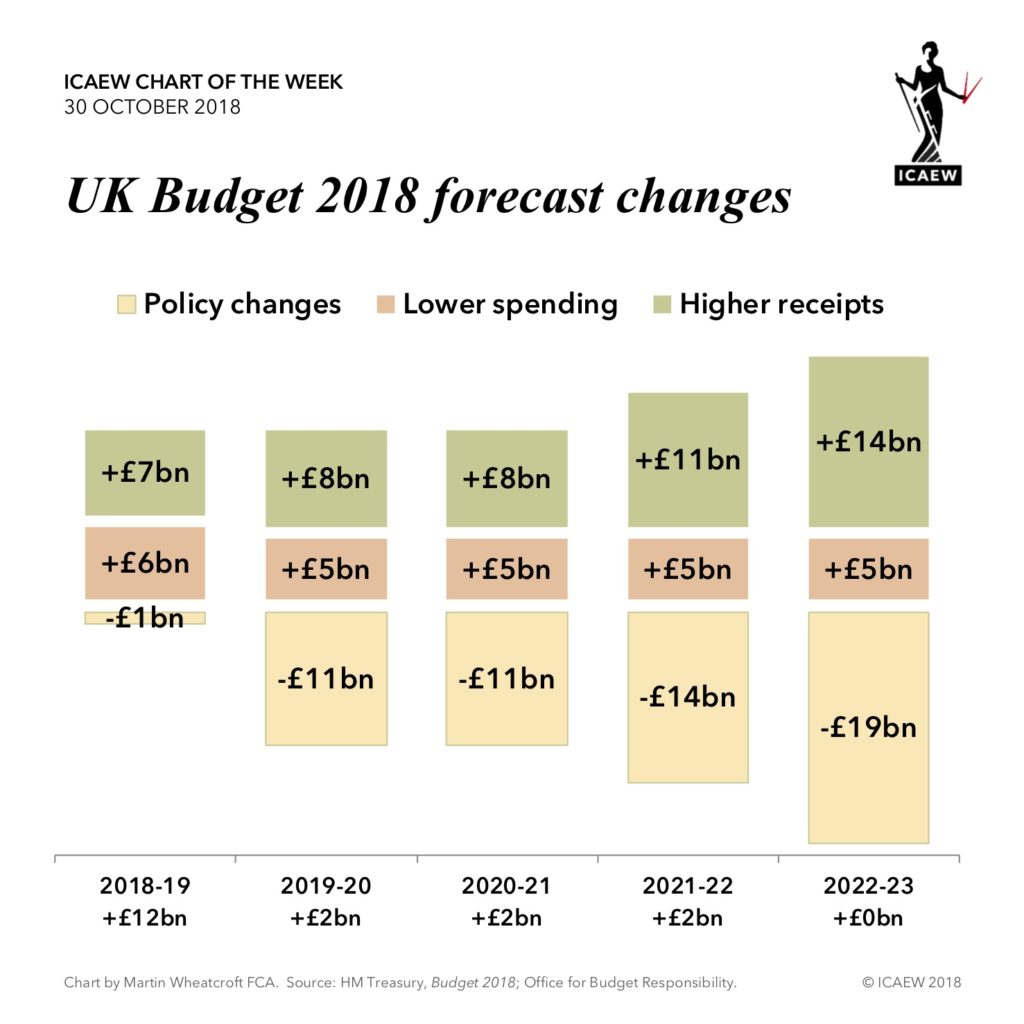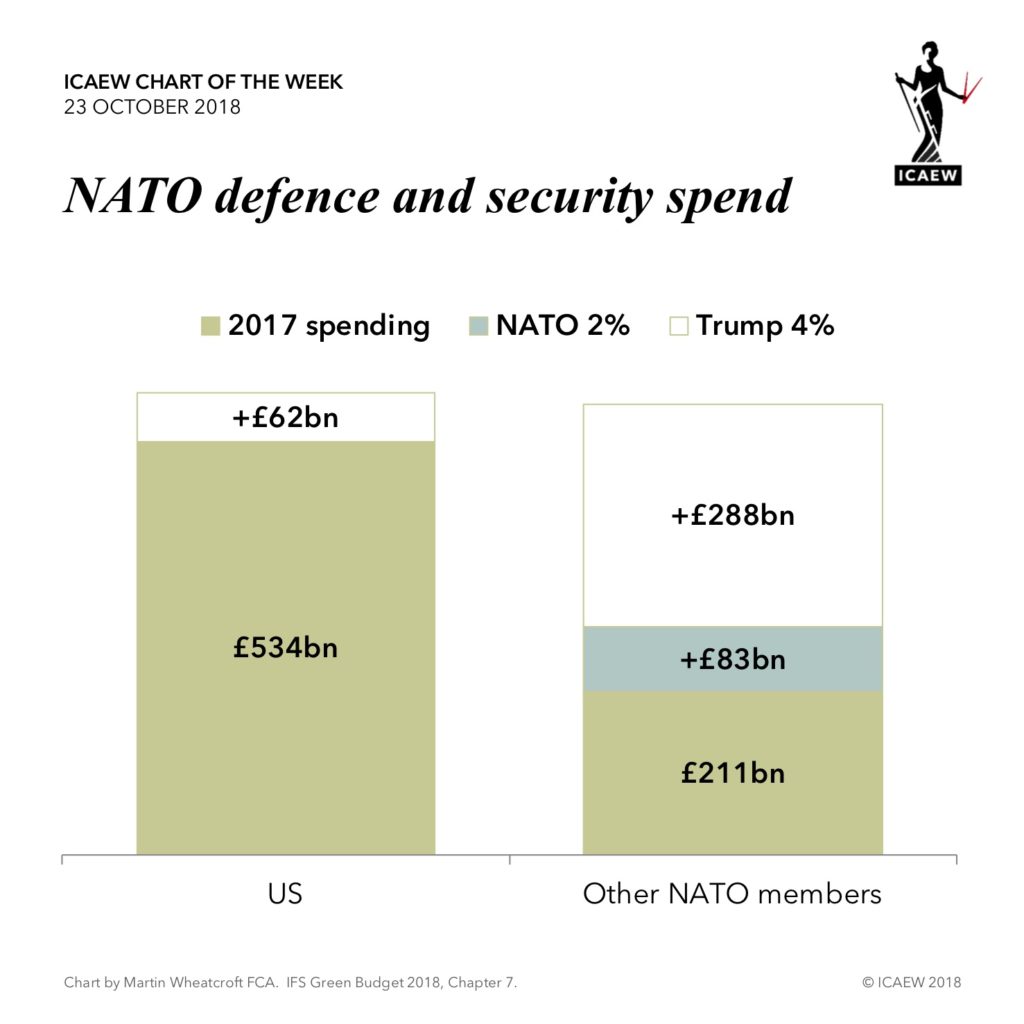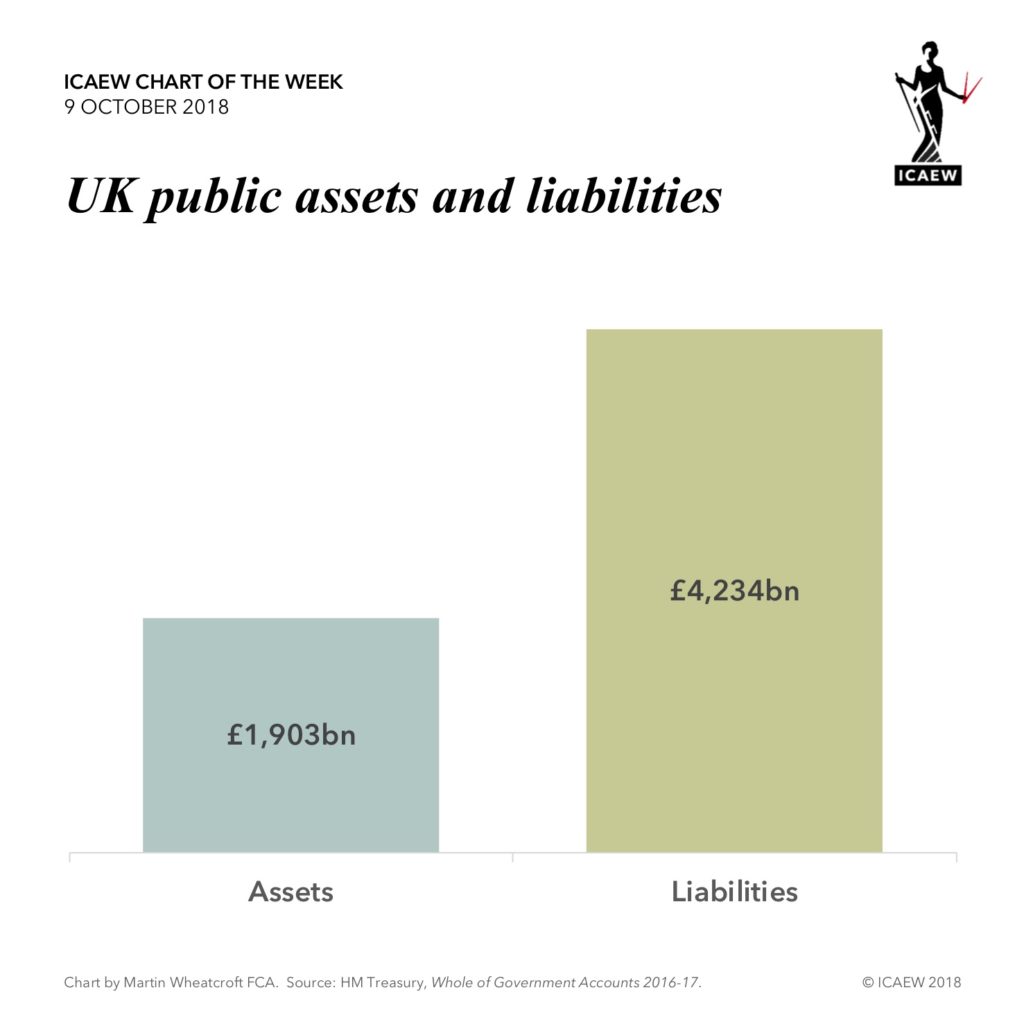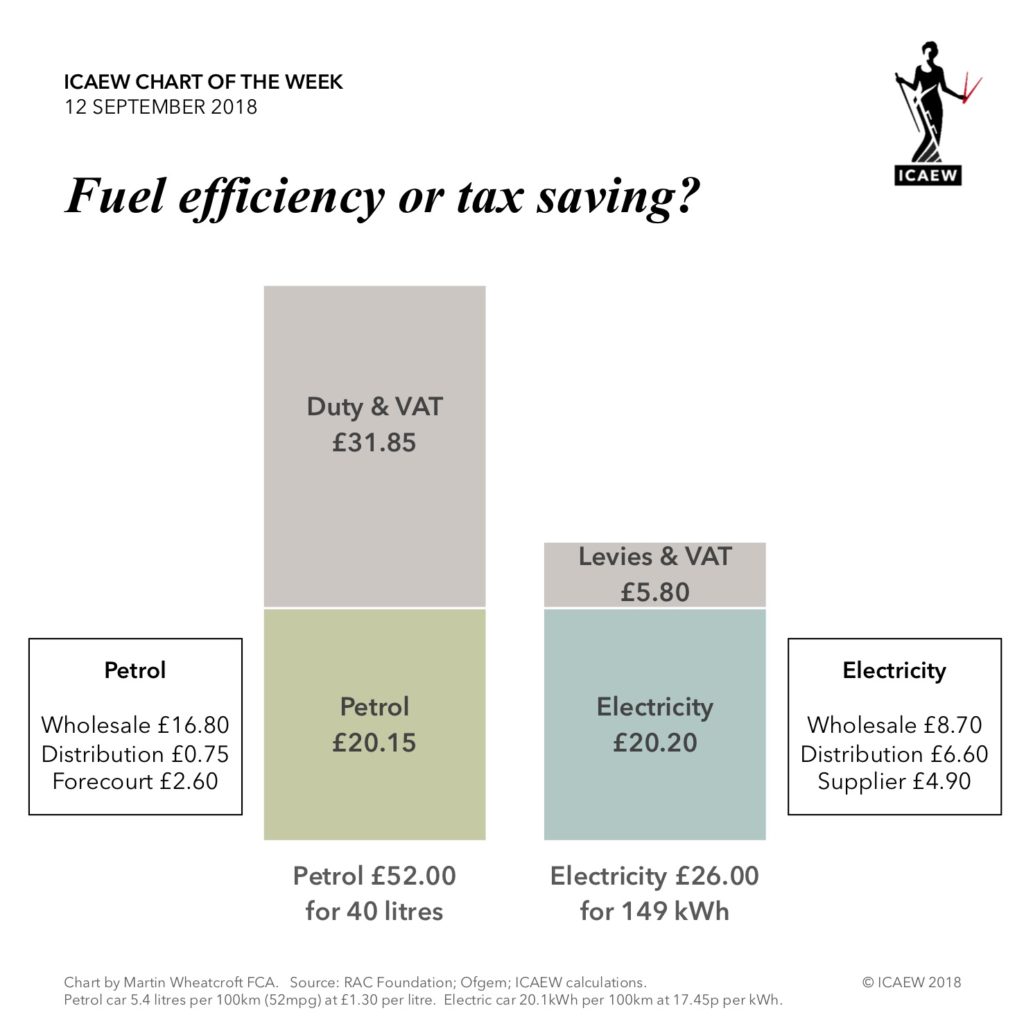
Our chart this week takes a look at the OBR’s latest forecast for public sector net debt over the next five years.
While the Chancellor said debt is expected to fall, it is important to understand that this does not mean that debt will go down. Reported debt is actually forecast to be 5% higher in 2024, from about £1,810bn at 1st April 2019 to £1,896bn at 31 March 2024.
What will go down is the ratio of debt to GDP, because the economy is expected to grow faster than debt over the period. Inflation alone is expected to add 10% to GDP with 8% from economic growth.
The increase in public sector net debt would be closer to 13% if not for loans provided under the Bank of England’s Term Funding Scheme, with loans of £127bn to high street banks to be repaid in 2020-21 and 2021-22. This will partially offset the extra £213bn the government expects to borrow over the next five years.
This is not the full story. With more than £400bn needed to repay existing debt as it falls due the government has to borrow a total of £623bn over the period
The moral of this story – is that words and numbers are not always what they appear. In the strange world of the public finances, debt can go up – and down – at the same time.








